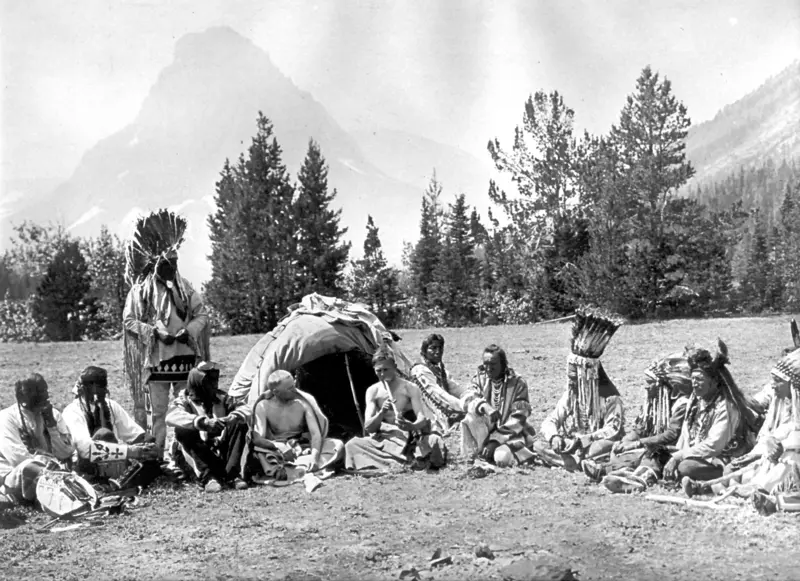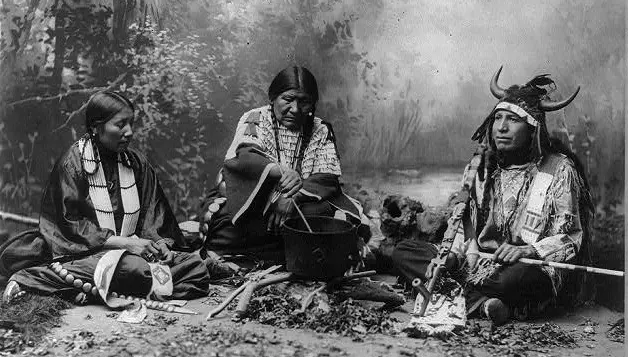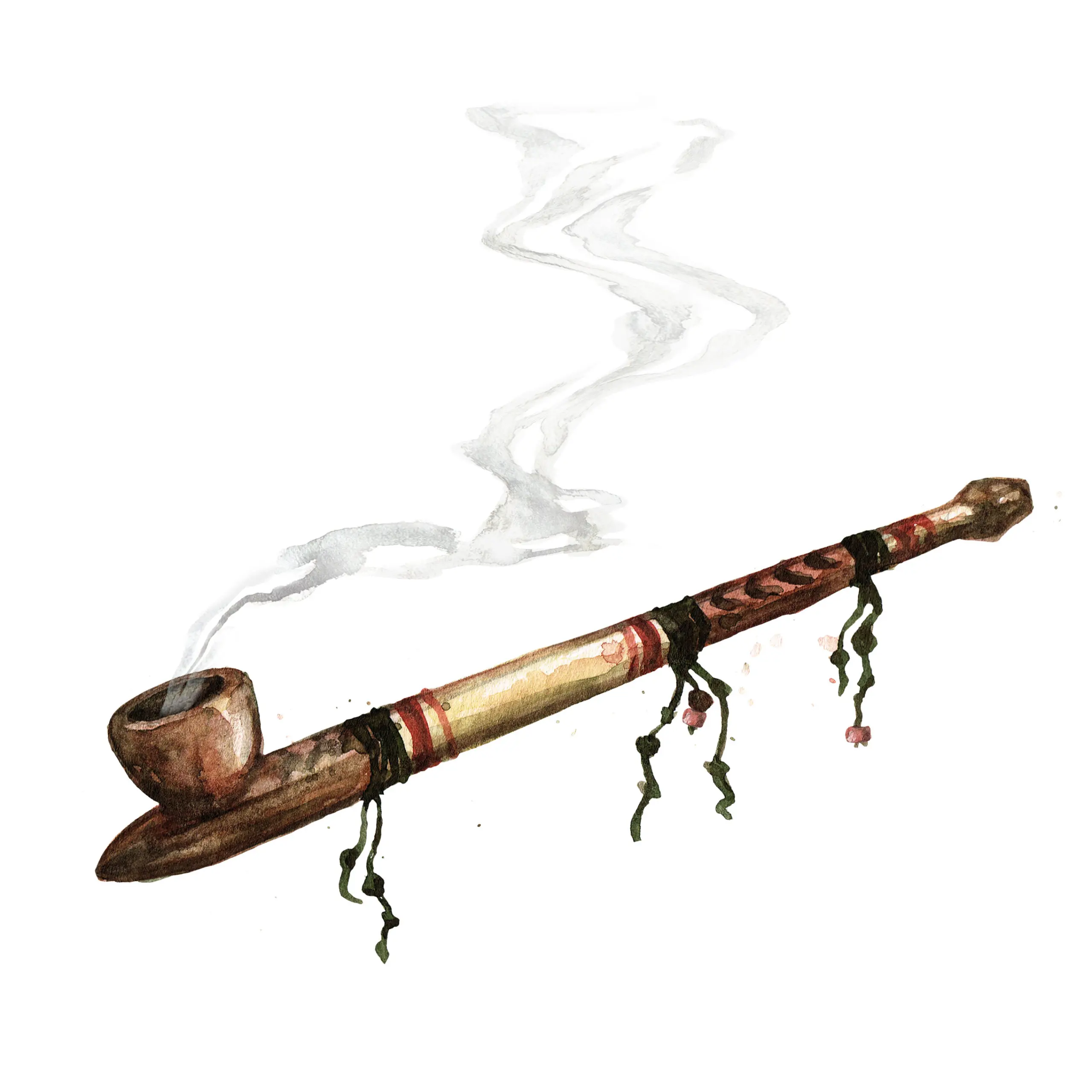In some Native American cultures, a peace pipe is a tobacco pipe that is offered and smoked as a symbol of peace. The pipe holds significant cultural and symbolic value, often being decorated and respected as a representation of the owner's power. Smoking the peace pipe is a phrase used in American English to signify the end of an argument or the desire for reconciliation.
What item is used as a peace pipe?
The item commonly used as a peace pipe is called a calumet pipe. The word calumet is derived from the French word chalumet, which means reed or flute. Native American tribes consider the calumet pipe as a profoundly sacred object and use it in various ceremonies, including peace gatherings. The pipe's distinct t-shape design dates back to around 1850 and is believed to have originated from Plains tribes.
The calumet pipe bowl is typically made from red catlinite or pipestone. Catlinite is a reddish, iron-rich, soft quartzite slate that is usually excavated from below groundwater level due to its rapid erosion when exposed to the weather. Different tribes, such as the Eastern Tribes, Western and Great Basin Tribes, and the Plains Tribes, used red pipestone from various sources, including Tennessee, Minnesota, and Utah. The most sacred pipestone comes from Pipestone, Minnesota, where the quarry is located. Only individuals of Native American ancestry are permitted to quarry pipestone from this specific location. It is worth noting that the pipestone from this quarry is softer than other varieties of catlinite.

The distinct carvings on the pipe bowl are made by pouring molten lead into the stone, creating intricate designs. These carvings often include flowers, turtles, curvilinear patterns resembling plant life, and a stylized snake on the underside of the bowl where it meets the stem of the pipe.
Frequently Asked Questions
What is the significance of smoking a peace pipe?
Smoking a peace pipe holds deep cultural and symbolic significance for Native American tribes. It is a way to establish peace and unity, symbolizing the end of conflicts or arguments. The act of sharing the pipe fosters a sense of harmony and goodwill among individuals or communities.

Can anyone smoke a peace pipe?
Traditionally, the smoking of a peace pipe is reserved for specific individuals, such as tribal leaders, elders, or spiritual figures. It is considered a sacred ritual and is often performed in ceremonial settings. However, in modern times, there may be instances where non-Native individuals are invited to participate in the smoking of a peace pipe as a gesture of inclusivity and cultural exchange.

Is tobacco the only substance smoked in a peace pipe?
While tobacco is the most commonly used substance in a peace pipe, it is worth noting that different tribes may have different traditions and practices. Some tribes may use other ceremonial herbs or plants, depending on their cultural beliefs and rituals. It is essential to respect and honor the specific customs and traditions of each tribe when engaging in any ceremonial practices.

The peace pipe, often a calumet pipe, holds great cultural and symbolic significance in Native American cultures. It is used as a symbol of peace and is smoked to signify the end of conflicts or arguments. The distinctive design and carvings on the pipe bowl, made from red catlinite or pipestone, add to its sacredness and beauty. Smoking the peace pipe fosters unity, harmony, and goodwill among individuals or communities, making it a cherished tradition within Native American cultures.
If you want to know other articles similar to Smoking a peace pipe: symbolism and tradition you can visit the Native american culture category.

